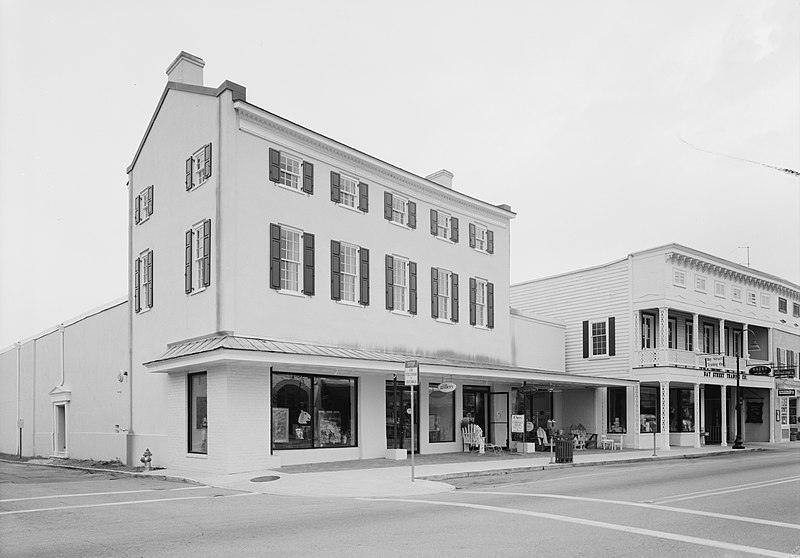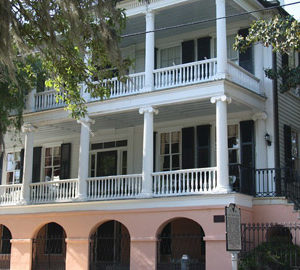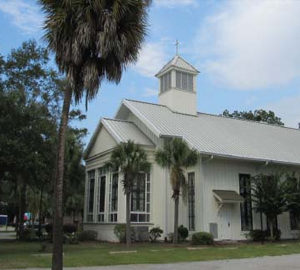Beaufort’s Historic District was listed on the National Register of Historic Places in 1969.
It was declared a National Historic Landmark in 1973.
The historic district boasts an impressive collection of antebellum architecture. These reflect the Federal, neoclassical, and Greek revival styles. All were popular during the interwar period, along with the widespread use of tabby. A variety of homes, gardens, commercial buildings, houses of worship and graveyards fill the district, with some sites open for public inspection. Continuous efforts at rehabilitation and conservation underline the community’s commitment to maintaining the historic nature of the district, which has attracted much acclaim and garnered popularity from visitors and media outlets.

The district’s condition has been assessed several times since it was listed in 1969.
In 1998 the National Park Service proposed listing the district as “threatened,” due to an ongoing gradual loss of historic integrity. Partly in reaction to this, the district’s significance broadened to include a distinctive historical element of post-Civil War history. The Port Royal Experiment, centered in Beaufort, involved a large-scale redistribution of land from large landowners to former African-American slaves in an effort to assimilate the freed slaves into a modern post-war society. This Reconstruction-era effort had a marked impact on Beaufort’s built environment, and is still evident in the surviving buildings.
Several sites individually listed on the National Register are in Beaufort and may be contributing properties in this district.
These include:
- The Anchorage
- William Barnwell House
- Barnwell-Gough House
- John A. Cuthbert House
- Marshlands (NHL)
- Robert Smalls House (NHL)
- Tabby Manse
- John Mark Verdier House
- The Cobbler’s Cottage
From Wikipedia, the free encyclopedia.



